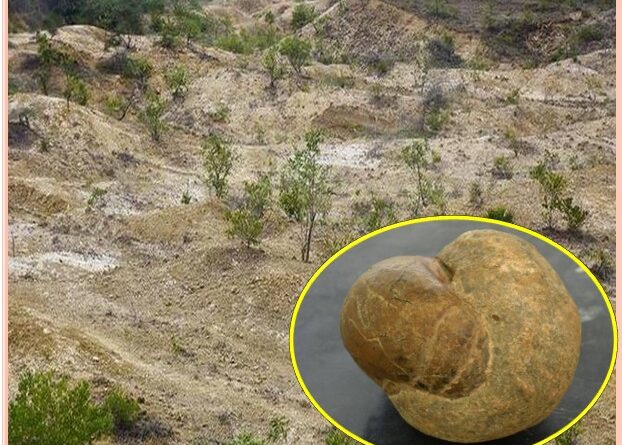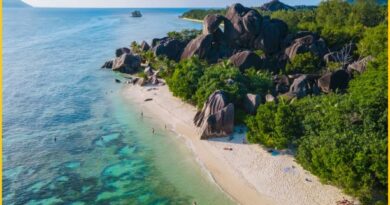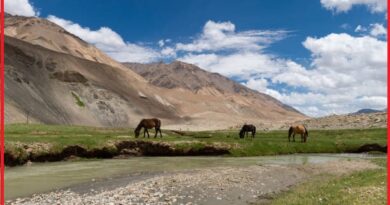Karai badland topography and Geo-Heritage site, Take A Geotourism around Graveyard of Cretaceous Fossil
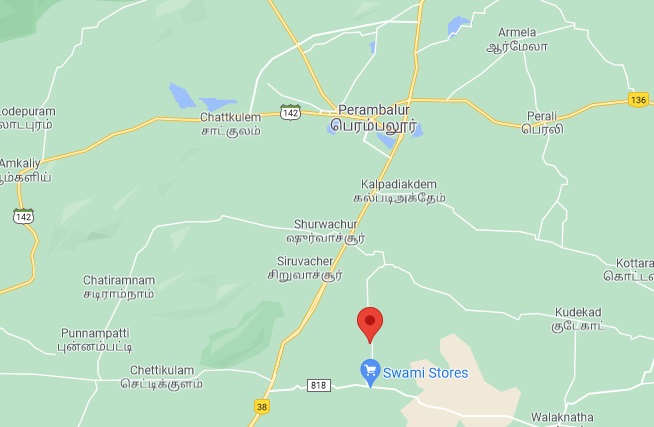
Badland topography, on either side of Alattur-Ariyalur road, spread within 40-70 km. radius marks the lower part of marine Cretaceous rocks that mainly consists of clay & sandstone of Karai Formation. Like the Grand Canyon in Colorado, US, Ariyalur is considered as a Cretaceous Park of South India by the Geo-scientist.
Geological Survey of India (GSI), has declared Karai Badland as a National Geological monument for its maintenance, protection, promotion, and enhancement of geo-tourism.
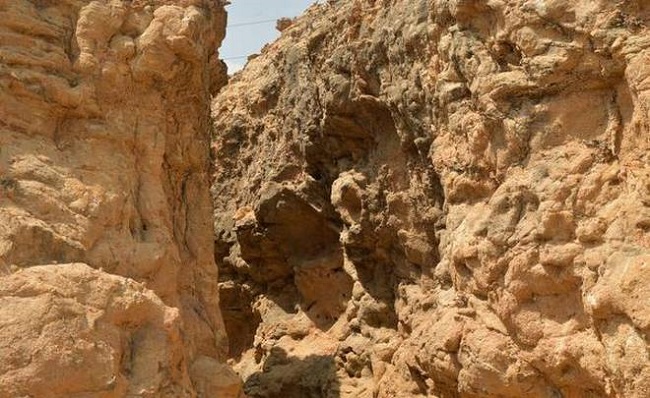
Stratigraphy
The Rock formation is here exposed of Cretaceous of Trichinopoly, Which dates back to the Late Cretaceous. The Succession in the area is broadly divided into 4 Groups -Uttathur, Trichinopoly, Ariyalur, and Ninniyur, Where the Uttathur is the oldest. After comparing the age and color of the rock formations here with those of the Himalayas, we have found that they are of the same age. The Karai Formation of Uttatur Group at Karai-Kulakkalnattam section in Perambalur district forms the lower part of the Cretaceous sedimentary succession of the Cauvery Basin.
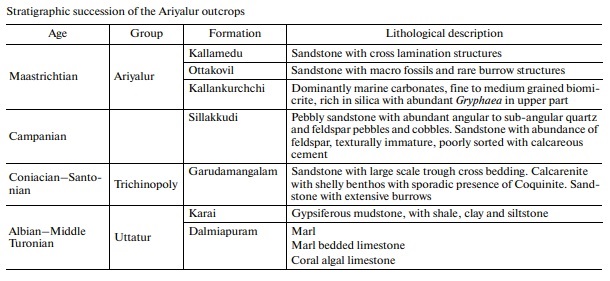
Karai Badlands area is the type area for Karai Formation. The Karai Formation is exposed as badlands with a series of conical mounds separated by gulleys. It is a wasteland with scanty vegetation and without any topsoil on either side of Karai-Kulakkalnattam road.
The Karai Badlands Formation consists of grey-brown, gypsiferous, glauconitic mudstone, and marl with sporadic thin interbeds of siltstone and calcareous sandstone particularly in its upper part- sporadic calcareous, siderites and phosphatic concretions/nodules and concretionary horizons occur in some intervals. A variety of marine fossils like ammonites, nautiloids, belemnites, worm tubes, pelecypods, gastropods, and oysters occur in abundance.
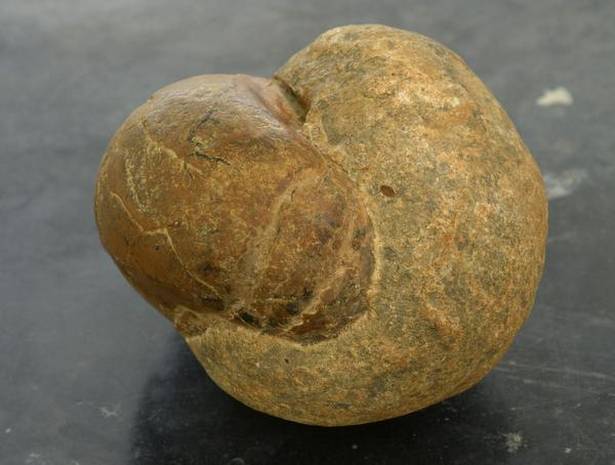
The importance of this “Geoheritage Site” lies in the fact that it provides one of the best-exposed sections of Cretaceous rocks with its unique lithology and diversity of extinct marine life. The region is a magnet for cement companies because of the purity of Ariyalur’s limestone. The factories burn a mixture of powdered limestone, gypsum, coal, and other chemicals to produce cement and clinker. But unchecked mining has led to air pollution and large quantities of overburdened soil being heaped up randomly.
How Badland is a form
The Cretaceous Period (135- 65 Million Years) witnessed a series of major geological events in the history of the Earth. Of these, the most significant is the worldwide marine transgression, which has left its mark in many parts of the world including South India. The land covering modern-day Ariyalur, Kallagudi, Dalmiapuram, Kozhakalnatham, Uttathur, Karai, Anaipadi, and Kallankurichi were affected by this geological event.
Also, read- Zawar Group of Mines-The Oldest Zinc mines in the world and A Geoheritage site
The mouth of the Vellar river was considered the entry point (Transgression) of the sea from the Bay of Bengal. After being a marine haven for 40 million years, the sea gets regression, leaving behind a vast graveyard of shellfish, corals, clams, gastropods, and branchiopods. These formed huge bands of sedimentary rocks, most of them limestone, Shale & Siltstone. Over time this formation gets weathering and erosion process and forms Badland topography in the area.
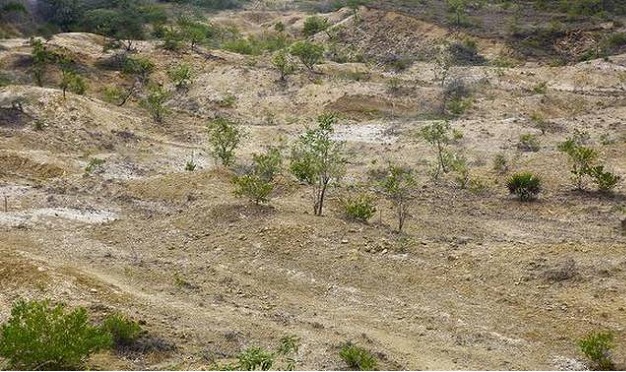
The Cauvery Basin was formed during the fragmentation of Gondwanaland in the Lower Cretaceous. Sedimentation in the Cauvery Basin commenced with fluviatile deposition represented by the Terani Plant bed of Upper Gondwana of the Lower Cretaceous age. The depositional environment varied from fluviatile, to lacustrine. The Cretaceous deposit in the Cauvery Basin of Tamil Nadu consists of an exceptionally complete shallow marine sequence with very rich faunal assemblages, which have attracted the attention of paleontologists from all over the world.
